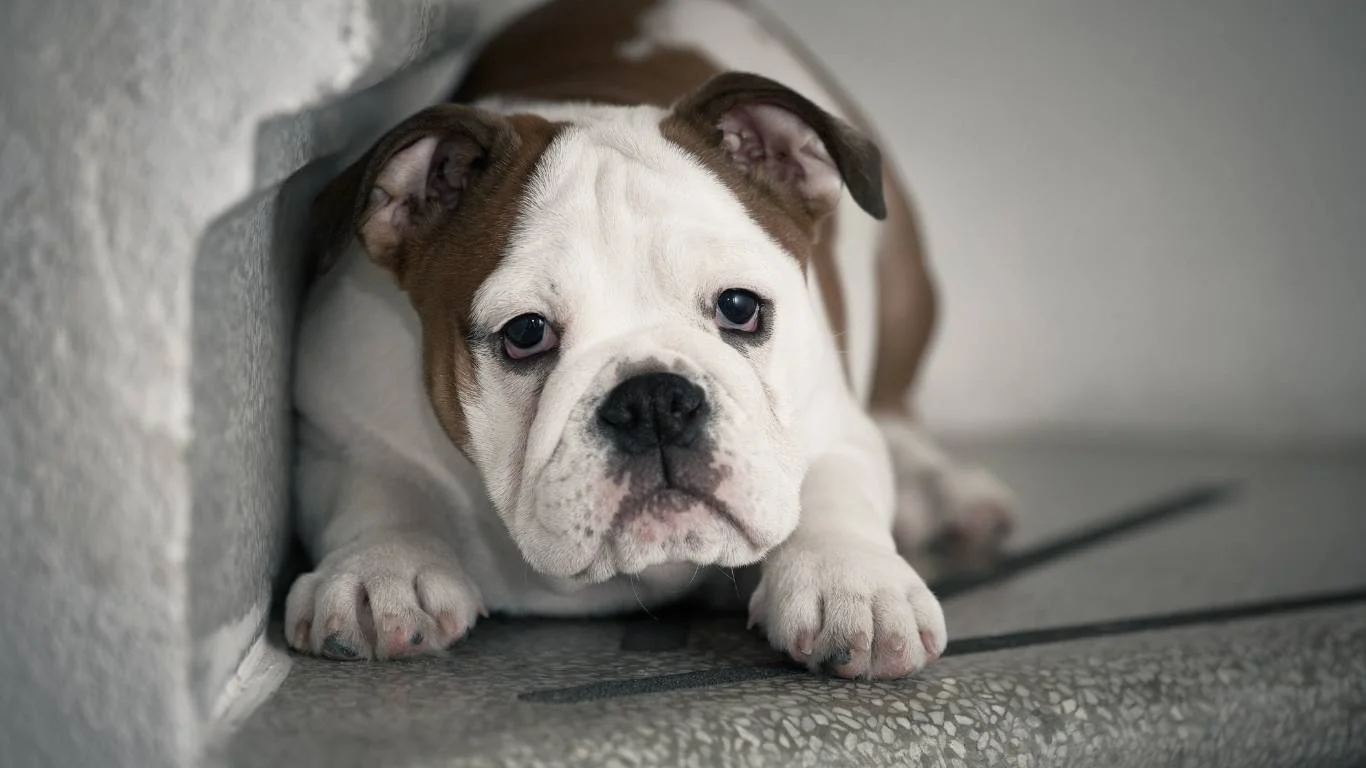What Causes Rapid Breathing in Dogs at Rest and When to Worry
It can be unsettling to notice your dog breathing faster than usual, especially when they’re just lying down. While panting is a normal way for dogs to cool down, rapid breathing at rest may signal that something deeper is going on. Understanding why this happens can help you make informed decisions and know when to consult a veterinarian.
This guide explores common causes, signs to watch for, and what steps to take. It’s designed to offer clarity and calm, especially if you’re feeling worried about your dog’s well-being.
Signs and Symptoms
Before diving into causes, it’s helpful to recognize what rapid breathing looks like. Not all fast breathing is abnormal, but certain patterns and signs may need closer attention.
- Breathing faster than 30–40 breaths per minute at rest
- Shallow or labored breathing
- Open-mouth breathing without recent activity
- Excessive chest or belly movement while breathing
- Restlessness or inability to settle
- Gums or tongue appearing pale, bluish, or grayish
If your dog is also showing signs like weakness, coughing, or a distended belly, those can be more urgent indicators.
Causes
There are several potential causes for rapid breathing in dogs at rest. Some are mild and temporary, while others may be signs of underlying health issues. Knowing the difference can be a helpful first step.
Heat or Stress
Even when indoors, dogs may breathe faster if they’re feeling warm or anxious. This is a normal, short-term response and usually resolves with rest and cooling down.
Pain or Discomfort
Dogs may not always vocalize when they’re hurting. Rapid breathing can be one of the few visible clues that something is wrong. This might be due to an injury, internal discomfort, or inflammation.
Heart Disease
A dog’s heart works hard to circulate oxygen-rich blood. When there’s a problem—like a leaky valve or weakened muscle—the lungs may begin to fill with fluid. This makes breathing more difficult, especially during rest when the body expects to recover.
Lung Conditions
Respiratory infections, pneumonia, or chronic conditions like bronchitis can make it harder for your dog to breathe normally. Even a mild case can cause noticeable changes in breathing at rest.
Obesity
Extra weight adds pressure on the chest and lungs. Over time, this can reduce airflow and increase the effort needed to breathe, especially when lying down.
Anemia
Anemia means there aren’t enough red blood cells to carry oxygen. To compensate, the body increases breathing to bring in more oxygen, even when your dog is not active.
Laryngeal Paralysis
This condition affects the opening of the airway at the back of the throat. When the muscles don’t work properly, breathing can become restricted, leading to rapid, noisy breathing, particularly at rest or during excitement.
Poisoning or Toxin Exposure
Some toxins, like chocolate, pesticides, or certain plants, can lead to respiratory changes. These often come with other symptoms such as vomiting, tremors, or lethargy.
Medications
Some prescription drugs can cause rapid breathing as a side effect. If your dog recently started a new medication, it’s worth discussing with your vet.
When to Get Help
It’s natural to wonder whether a symptom is serious or something that can wait. In general, if your dog’s breathing is consistently rapid while at rest, it’s best to have them evaluated. Prompt attention can make a significant difference.
Call your veterinarian or seek emergency care if you notice any of the following:
- Persistent rapid breathing that lasts more than 10–15 minutes at rest
- Gums turning blue, white, or pale
- Signs of distress, like whining, pacing, or hiding
- Collapsing or weakness
- Changes in appetite or behavior alongside breathing changes
Trust your instincts. You know your dog best, and even subtle changes can be meaningful.
Treatment
Once the cause is identified, treatment is tailored to your dog’s needs. In many cases, early care leads to good outcomes.
At the Clinic
Your vet may start with a physical exam, blood tests, and imaging like X-rays. These help rule out infections, heart issues, or lung problems.
- Oxygen therapy may be used if your dog is struggling to breathe
- Medications might be given to reduce inflammation, treat infections, or manage pain
- For heart or lung conditions, long-term treatment may include diuretics or specialized diets
At Home
Depending on the diagnosis, home care might involve lifestyle adjustments. These can support your dog’s recovery and help prevent recurrence.
- Keeping your dog cool and stress-free
- Monitoring weight and activity levels
- Administering medications as prescribed
- Keeping a log of breathing rate and other symptoms
Your veterinarian can guide you through each step and answer questions along the way. Building that relationship ensures you feel supported and informed throughout the process.
Living with a Dog Who Breathes Rapidly
Not every case of rapid breathing means something is seriously wrong. Sometimes it’s temporary, tied to a passing stress or a mild illness. Other times, it points to a chronic issue that can be managed with care and attention.
Many dogs live long, happy lives even with conditions like heart disease or respiratory challenges. What matters most is understanding what’s happening and making decisions from a place of calm and compassion.
A Gentle Reminder
If your dog’s breathing seems off, it’s okay to be concerned. You’re not overreacting by checking in with your vet. Breathing is essential, and changes are always worth noting.
Above all, you’re your dog’s best advocate. Your attention and care go a long way in helping them feel safe and supported, no matter the cause.





